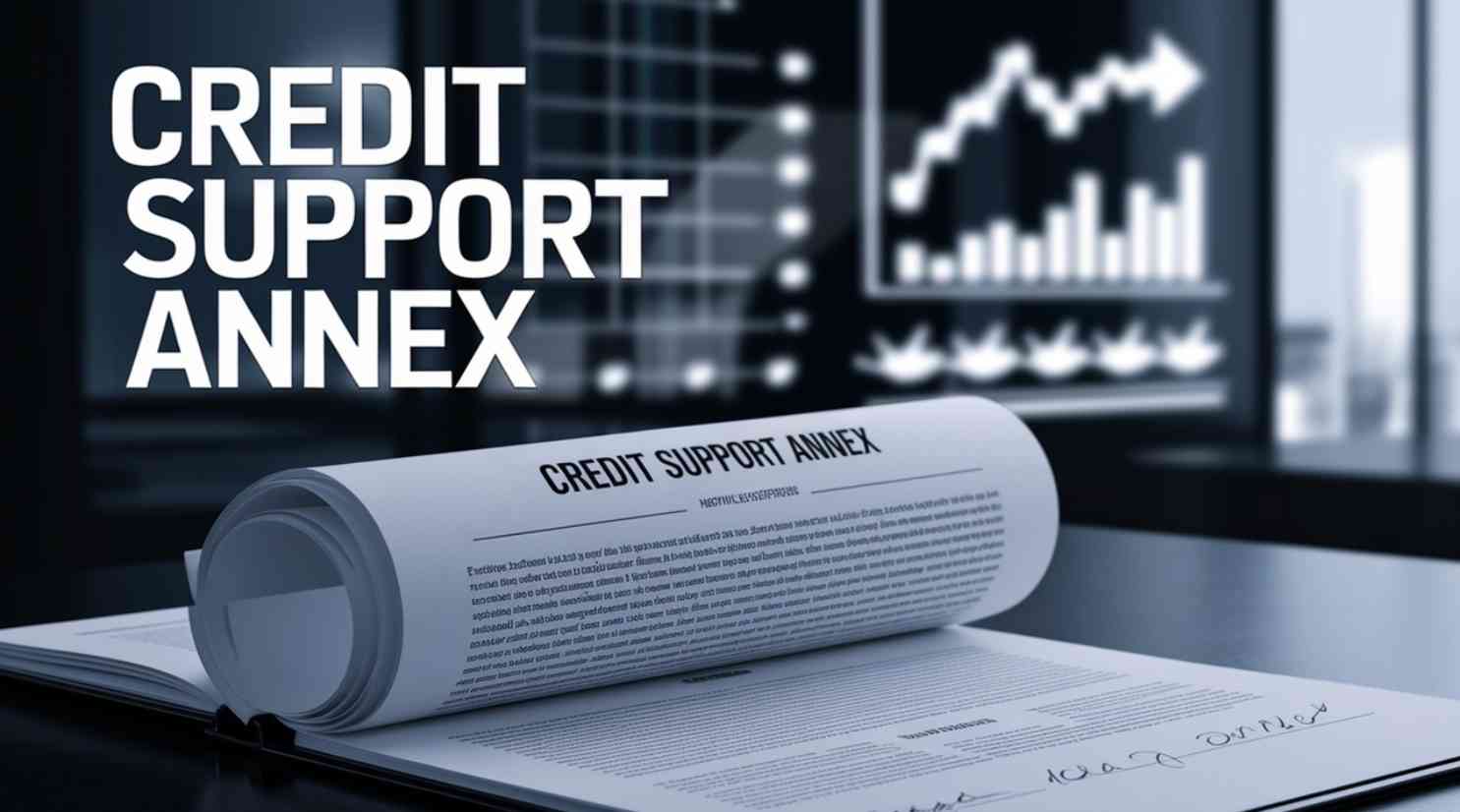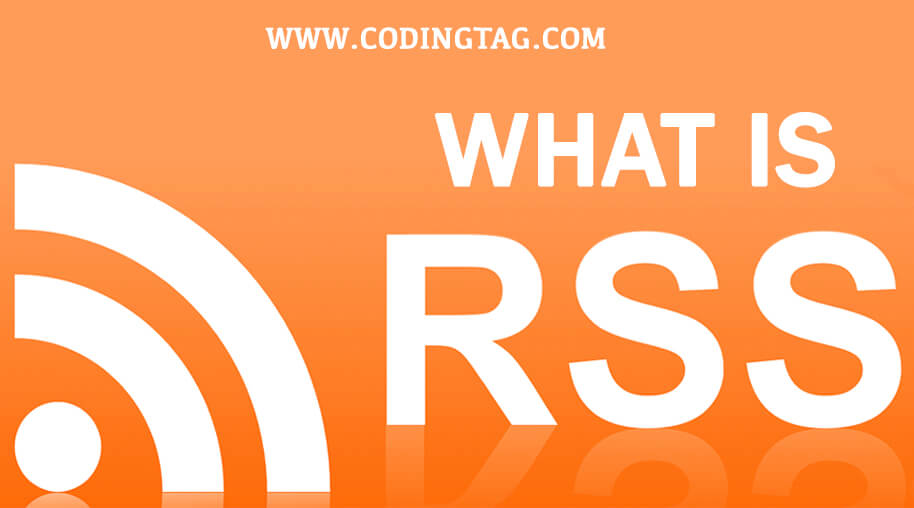OD Full Form-Overdraft
by Shashi Gaherwar
0 1016
Overdraft: How It Works, Benefits, Risks, and Best Practices
Introduction
An overdraft is a short-term credit facility that allows account holders to withdraw more money than their available balance. It serves as a financial cushion for unexpected expenses, offering flexibility in cash flow management. However, overdrafts come with associated costs, such as interest rates and fees, making it essential for users to manage them wisely.

This article explores how overdrafts work, their advantages, risks, types, and best practices for responsible usage.
What is an Overdraft?
An overdraft occurs when a bank allows an account holder to withdraw funds beyond the available balance in their account, up to a predetermined limit. This facility is typically offered to individuals, businesses, and corporations to cover short-term financial gaps.
Banks charge interest and fees on overdrafts, depending on the agreement with the customer. Some banks also provide overdraft protection, which links an overdraft account to a savings or credit account to avoid overdraft fees.
Types of Overdrafts
Overdrafts can be classified into two main types:
1. Authorized (Arranged) Overdraft
• Definition: A pre-approved overdraft facility where the bank sets a specific limit.
• Example: A bank may allow a customer to overdraft up to $5,000 based on their creditworthiness.
• Benefits: Lower interest rates and fewer penalties since the overdraft is planned.
• Risks: If not managed properly, interest can accumulate over time.
2. Unauthorized (Unarranged) Overdraft
• Definition: Occurs when a customer spends beyond their account balance without prior approval from the bank.
• Example: A person with a zero balance attempts a purchase, and the bank covers the amount but charges a high fee.
• Risks: Higher fees and interest rates; may negatively impact credit score.
• How to Avoid: Monitor account balance regularly and set up overdraft protection.
How Overdrafts Work
1. Bank Approval: Customers request an overdraft facility, and the bank assesses their credit history, income, and transaction patterns.
2. Overdraft Limit Assignment: The bank sets a limit based on risk assessment, typically ranging from a few hundred to several thousand dollars.
3. Interest & Fees: Overdrafts attract daily interest, and some banks charge additional fees for each transaction made while overdrawn.
4. Repayment: Borrowers must repay the overdraft along with accrued interest within the agreed period to avoid penalties.
Benefits of Overdrafts
Overdrafts offer several financial benefits when used responsibly:
1. Emergency Financial Support
• Provides quick access to funds during unexpected financial shortages.
2. Flexible Repayment
• Unlike loans with fixed monthly payments, overdrafts can be repaid at any time, reducing financial pressure.
3. Business Cash Flow Management
• Helps businesses cover operational expenses, payroll, or supplier payments when cash flow is tight.
4. Convenient & Quick Access
• No need for lengthy loan approvals; funds are readily available whenever needed.
5. Helps Maintain Credit Score
• If repaid on time, overdrafts can positively impact credit scores by showing responsible credit usage.
Risks and Downsides of Overdrafts
While overdrafts are useful, they come with potential risks:
1. High Interest Rates & Fees
• Overdraft interest rates are often higher than personal loans, leading to higher borrowing costs.
2. Debt Accumulation
• Without proper management, overdrafts can lead to a debt cycle due to continuous borrowing.
3. Negative Impact on Credit Score
• Failing to repay an overdraft on time may harm your credit rating, making future borrowing more difficult.
4. Unexpected Overdraft Fees
• Banks may charge hefty fees for exceeding overdraft limits or using an unarranged overdraft.
5. Limited Borrowing Amount
• Unlike loans, overdrafts have lower borrowing limits, which may not be enough for large financial needs.
How to Use Overdrafts Wisely
To avoid unnecessary fees and debt issues, consider these best practices:
1. Only Use for Short-Term Needs
• Overdrafts should be a temporary financial solution, not a long-term borrowing strategy.
2. Monitor Your Account Regularly
• Keep track of your transactions to avoid exceeding overdraft limits and incurring extra charges.
3. Set Up Overdraft Alerts
• Many banks offer mobile banking alerts to notify you when your balance is low.
4. Consider Overdraft Protection
• Link your overdraft facility to a savings or credit account to cover shortfalls without penalties.
5. Repay Overdrafts Quickly
• The longer you remain overdrawn, the higher the interest charges. Pay it off as soon as possible.
6. Compare Bank Overdraft Policies
• Different banks offer varying overdraft terms; choose one with the lowest fees and best flexibility.
When to Choose Overdraft:
• Need quick, short-term funds.
• Want flexibility in repayments.
• Need an emergency cash buffer.
When to Choose a Personal Loan:
• Require higher borrowing amounts.
• Prefer a structured repayment plan.
• Want lower interest rates for long-term borrowing.
Overdrafts are a useful financial tool for managing short-term cash needs, offering instant access to funds and repayment flexibility. However, they come with high interest rates and fees, requiring careful management to avoid unnecessary debt.
To make the most of an overdraft facility, use it wisely, monitor account balances, and repay the borrowed amount as quickly as possible. Comparing different bank policies and considering alternative financing options can also help ensure cost-effective financial decisions.
By practicing responsible overdraft management, individuals and businesses can maximize its benefits while minimizing financial risks.

Share:








Comments
Waiting for your comments